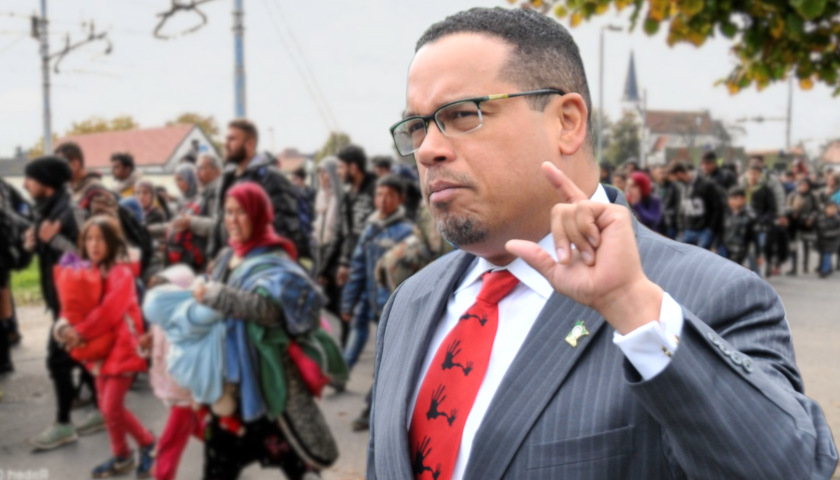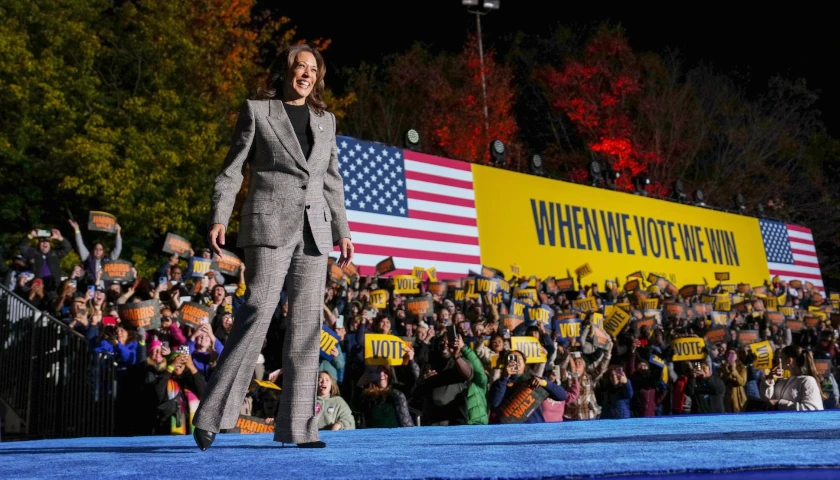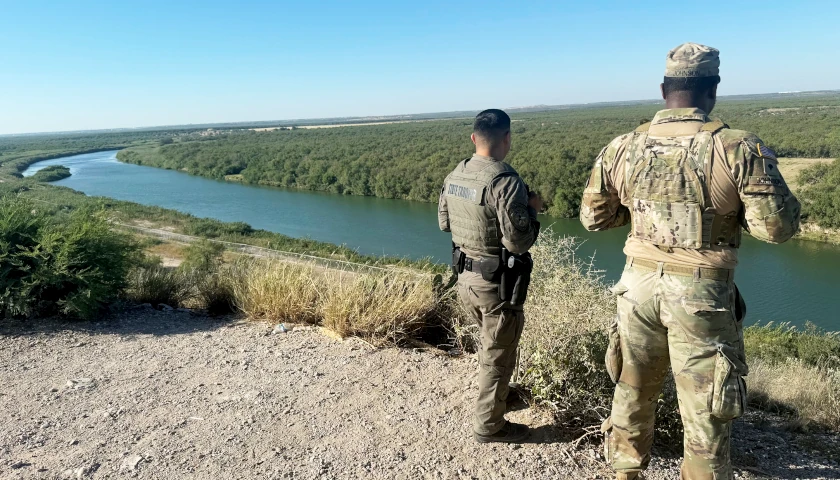Rep. Keith Ellison (D-MN) is leading an effort to try to force President Trump to boost the number of refugees permanently resettled in the United States over the next fiscal year by more than 300 percent.
Ellison is the Democrat nominee for the statewide office of attorney general in Minnesota. He holds a slight lead in the most recent polls over his Republican opponent, Doug Wardlow, and is currently entangled in allegations of sexual abuse by two women.
The issue of refugee resettlement has become a hot topic in the state’s gubernatorial race between GOP nominee Jeff Johnson and Democrat nominee Rep. Tim Walz (D-MN).
House Resolution 1073 was submitted by Ellison and more than 50 other Democrat members of Congress to the House Judiciary Committee, where it could receive a hearing or be ignored.
Minnesota and Ohio have ranked among the top five states for receiving refugees over the last 10 years, with the vast majority coming from Somalia. And both states have had problems with Somali violence, including knife attacks at two difference malls in Minnesota and a car-ramming and knife attack at Ohio State University, among the most bloody examples.
The list of signatories on the resolution reads like a who’s who of the leadership of the House Progressive Caucus, which is considered the most far left of the Democrat Party. Ellison is vice chair of the caucus.
According to the Refugee Act of 1980, only the president has the authority to determine the number of refugees arriving on U.S. soil each year.
He does this by issuing what’s called a presidential determination letter to Congress, setting a cap or ceiling on the number to be resettled in the coming year.
Trump, just days ago, set the cap for fiscal 2019, which starts Oct. 1, at 30,000 refugees.
Trump ran on a platform of decreased immigration numbers, including refugees, who come 100 percent from the Third World with no English-language skills and only very rudimentary job skills. They are immediately signed up for food stamps and placed in government subsidized housing upon arrival in the U.S., while most also get signed up for Medicaid. Their children require schools to hire expensive translators and linguistic experts.
As Barack Obama once said, “elections have consequences,” and one of Trump’s campaign promises was to admit fewer refugees and other low-skill immigrants.
That infuriates, almost more than anything else Trump has done, the far left of the Democrat Party.
Hence, you have the resolution drawn up and submitted this week by Ellison, who is one of two Muslim members of Congress along with Rep. Andre Carson, (D-IN). Carson has also signed the resolution.
The House resolution claims to be “Expressing the sense of the House of Representatives that the Presidential Determination of the annual refugee admissions limit in fiscal year 2019 shall be no less than 110,000 and that President Trump and his administration must operate the United States Refugee Admissions Program (USRAP) in good faith.”
Remember, we are talking about a cap or a goal, not a quota, meaning no more than 30,000 can be admitted in fiscal 2019, but it doesn’t guarantee that many will arrive.
For instance, Obama set the cap at 110,000 in 2017 but only 84,995 arrived. And in fiscal 2018 Trump set the cap at 45,000 but only 22,000 arrived.
This deceptive resolution fails to point out that even Obama didn’t set the cap at anywhere near the 110,000 mark called for by Ellison and his cohorts during his first seven years in office. Only his last year, when he knew he would only be in office for less than half of fiscal year 2017, did he set the cap at such an astronomically high level, and it was never fulfilled by Trump.
“That was pie in the sky, they were never going to resettle that many refugees, unless maybe if Hillary had been elected she probably would have tried to fulfill that number,” says Ann Corcoran, an expert on the refugee industry. But Obama didn’t do 110,000 till his final year.”
Below are the actual numbers of refugees who were resettled in the U.S. for the last 10 fiscal years along with the caps set for those years.
- 2009: Actual arrivals 74,654, vs cap of 80,000 set by Obama
- 2010: Actual arrivals 73,311, vs cap of 80,000 set by Obama
- 2011: Actual arrivals 56,424, vs cap of 80,000 set by Obama
- 2012: Actual arrivals 58,238, vs cap of 76,000 set by Obama
- 2013: Actual arrivals 69,926, vs cap of 70,000 set by Obama
- 2014: Actual arrivals 69,987, vs cap of 70,000 set by Obama
- 2015: Actual arrivals 69,933, vs cap of 70,000 set by Obama
- 2016: Actual arrivals 84,994, vs cap 85,000 set by Obama
- 2017: Actual arrivals 53,000, vs cap of 110,000 set by Obama
- 2018: Actual arrivals 22,000, vs cap of 45,000 set by Trump
- 2019: Trump sets preliminary cap at 30,000
The above numbers show two things:
First, that President Obama never even admitted 110,000 refugees as called for by Ellison and the progressive left.
Second, presidents often set a cap that is much higher than the actual number allowed it. This disparity is often a result of vetting issues. In 2011, for instance, the U.S. discovered that an Iraqi refugee resettled in Kentucky was sending material support to al-Qaida in Iraq, so the Obama administration had to tighten up the vetting process, and it therefore didn’t come close to its stated cap numbers.
Corcoran, who has followed the refugee industry for the past 12 years, said Ellison and the others who signed this resolution are simply doing the bidding of the refugee contractors who get paid by the government to resettle refugees.
The federal refugee contractors get paid by the head, so the lesser numbers arriving under Trump means the contractors see less money flowing into their coffers. This has put a crimp on their business model, forcing them to lay off staff and close offices.
There are nine primary contractors, the biggest of which are the U.S. Conference of Catholic Bishops, the Lutheran Immigration and Refugee Services, the International Rescue Committee, Church World Services, the Hebrew Immigrant Aid Society and U.S. Committee for Refugees and Immigrants.
Anthony Accardi is a writer and reporter for The Minnesota Sun and The Ohio Star.




